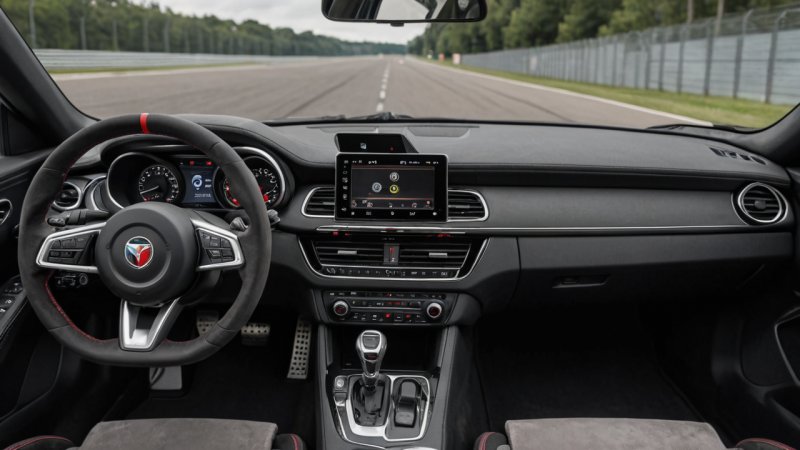In the fast-paced world of motorsport, reaction times can often be the difference between victory and defeat. As drivers strive to improve their performance, one critical factor to consider is the type of transmission used in their vehicles. This article will compare manual and automatic transmissions, examining how each affects reaction times, driving experience, and overall performance. By understanding the strengths and weaknesses of both systems, drivers can make informed decisions about their racing setups.
Understanding Manual Transmission
Manual transmission, also known as a standard or stick shift, requires the driver to manually change gears using a clutch pedal and gear stick. This system offers a unique driving experience with several advantages and disadvantages.
Pros of Manual Transmission
- Enhanced Control: Manual transmissions allow drivers greater control over gear selection, enabling them to choose the optimal gear for specific racing conditions.
- Better Connection with the Vehicle: Many drivers argue that manual transmissions provide a more engaging and responsive driving experience, fostering a deeper connection with the vehicle.
- Lighter Weight: Manual gearboxes tend to be lighter than their automatic counterparts, which can contribute to improved overall vehicle performance.
Cons of Manual Transmission
- Slower Shifts: While experienced drivers can shift quickly, it often takes longer to change gears manually compared to automatic systems, potentially impacting reaction times.
- Physical Demands: Driving a manual requires more physical effort, which can lead to fatigue during long races.
Understanding Automatic Transmission
Automatic transmissions shift gears on behalf of the driver, allowing for a more relaxed driving experience. They have gained popularity in various motorsport disciplines, particularly in endurance and touring car racing.
Pros of Automatic Transmission
- Faster Shifts: Automatic transmissions can change gears more quickly than manual systems, allowing for better acceleration and improved reaction times.
- Less Physical Strain: Drivers can focus on other aspects of racing without the added physical demands of shifting gears manually.
- Consistency: Automatic systems provide consistent gear changes, which can help maintain optimal engine performance throughout a race.
Cons of Automatic Transmission
- Less Control: Drivers have limited control over gear selection in automatic transmissions, which can be a disadvantage in certain racing scenarios.
- Weight: Generally, automatic transmissions are heavier than manual options, which can slightly affect overall vehicle performance.
Comparison of Reaction Times
When it comes to reaction times, the choice between manual and automatic transmissions can significantly influence performance. Below, we explore how each transmission type impacts drivers' ability to react quickly in high-pressure situations.
Manual Transmission and Reaction Times
With a manual transmission, skilled drivers can optimize their gear changes based on their own instincts and the specific racing conditions. While the time taken to shift gears can be longer than an automatic, experienced drivers can utilize techniques such as rev-matching to enhance their reaction times. However, the physical demands of operating a manual can lead to quick fatigue, which may affect overall performance during a race.
Automatic Transmission and Reaction Times
In contrast, automatic transmissions provide the advantage of quicker shifts, allowing drivers to maintain higher acceleration without the need to manage gear changes manually. This can lead to better reaction times, especially in scenarios where every millisecond counts, such as during a race start or when overtaking. The lessened physical strain also allows drivers to remain focused and alert throughout the competition.
Conclusion
Ultimately, the choice between manual and automatic transmissions in motorsport comes down to personal preference and the specific demands of the racing discipline. Manual transmissions offer drivers greater control and engagement, but may lead to slower reaction times and added physical fatigue. On the other hand, automatic transmissions provide faster gear shifts and less physical demand, which can enhance reaction times but offer less control over gear selection. For drivers looking to improve their reaction times, automatic transmissions may be the better option, particularly in high-stakes racing scenarios. However, those who thrive on control and engagement may prefer the manual experience. Understanding these differences will allow drivers to choose the most suitable transmission system for their racing needs.






